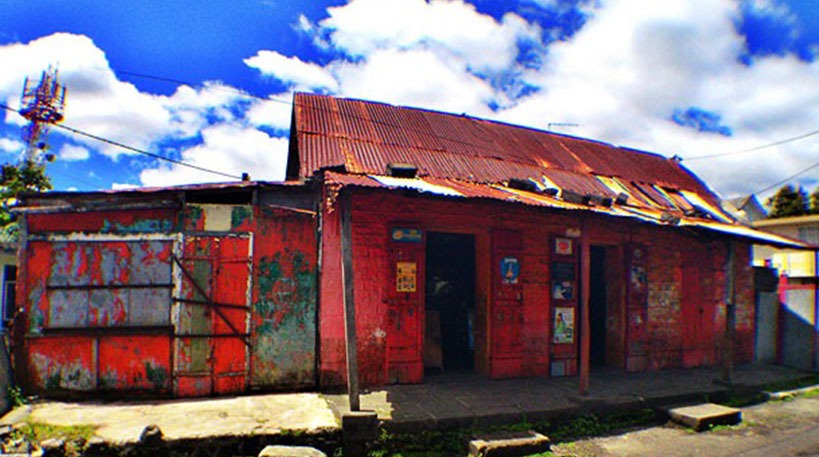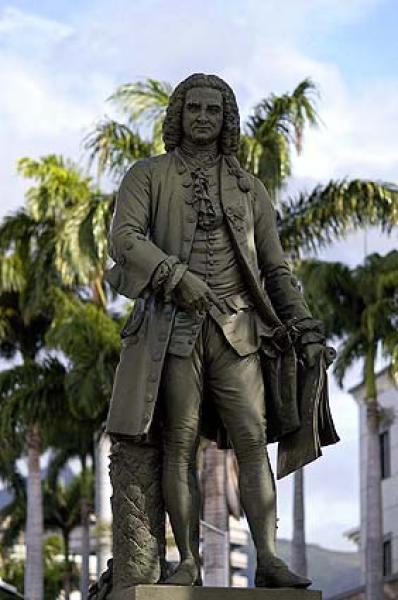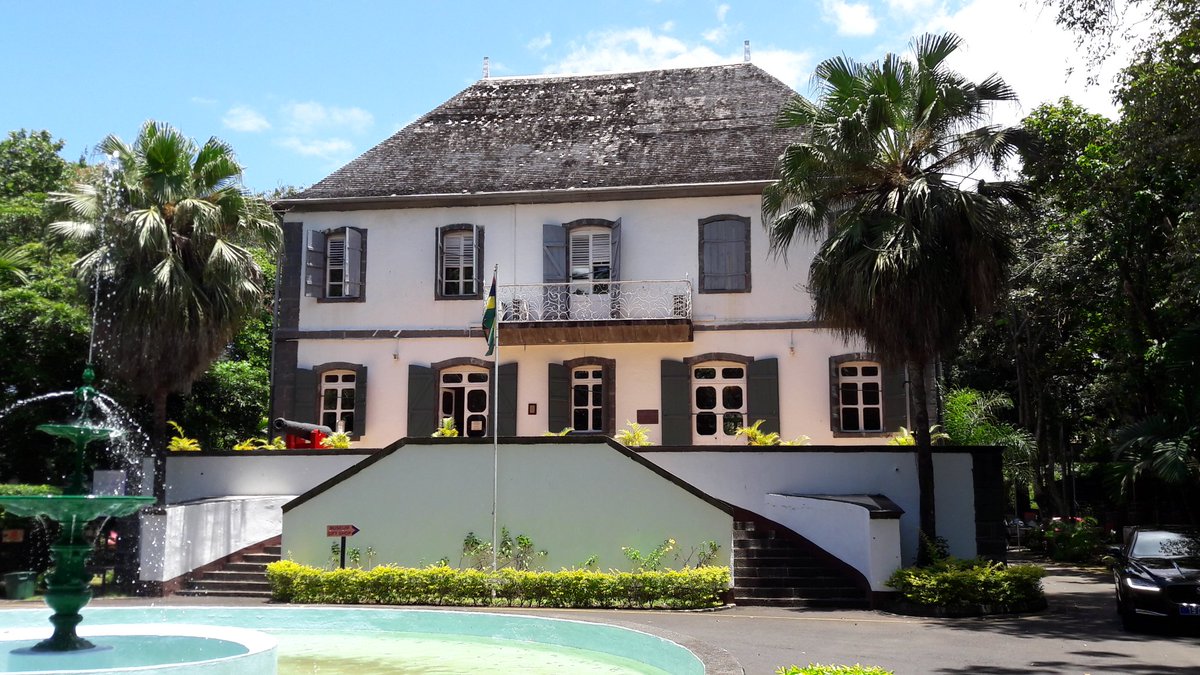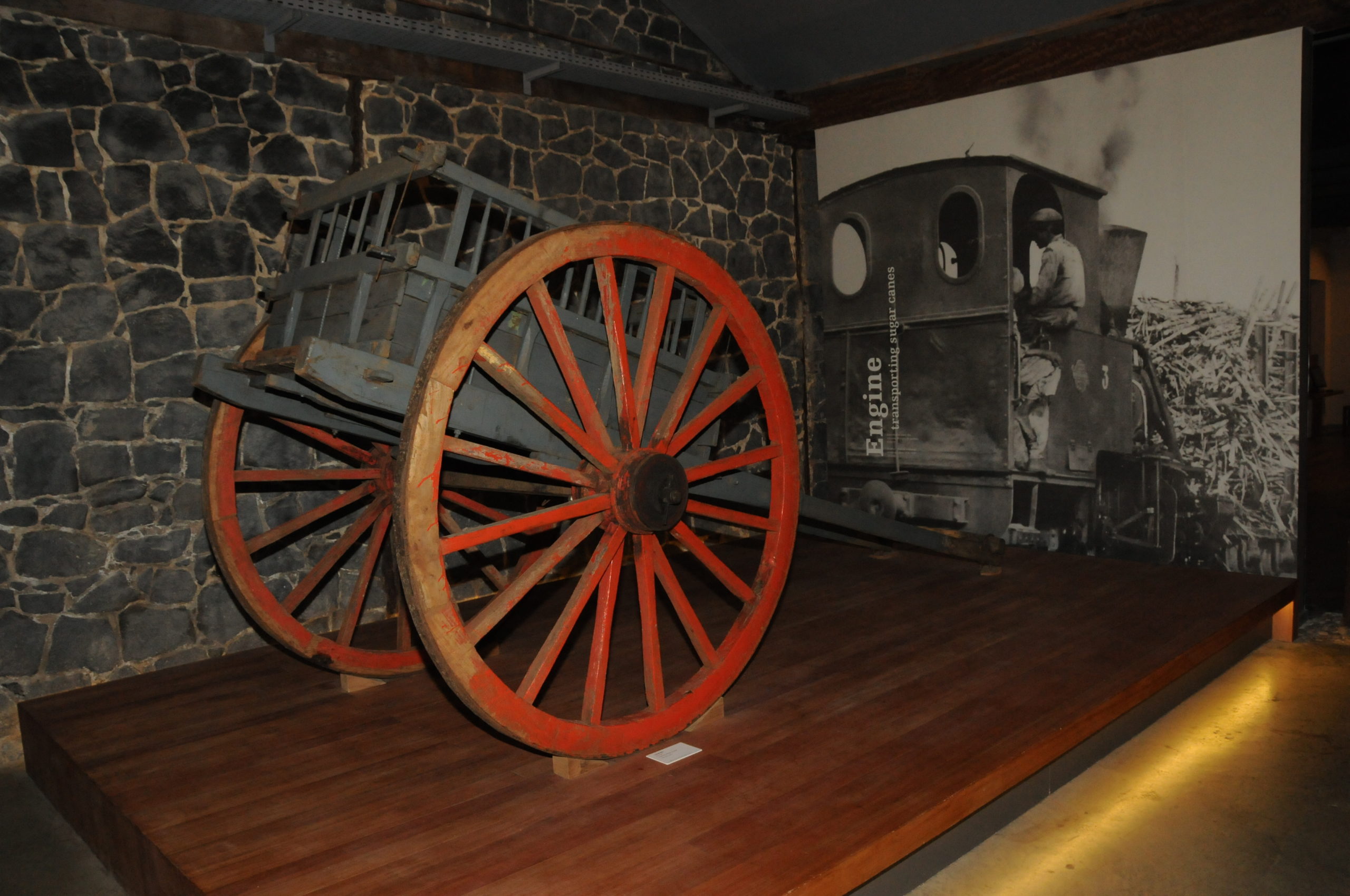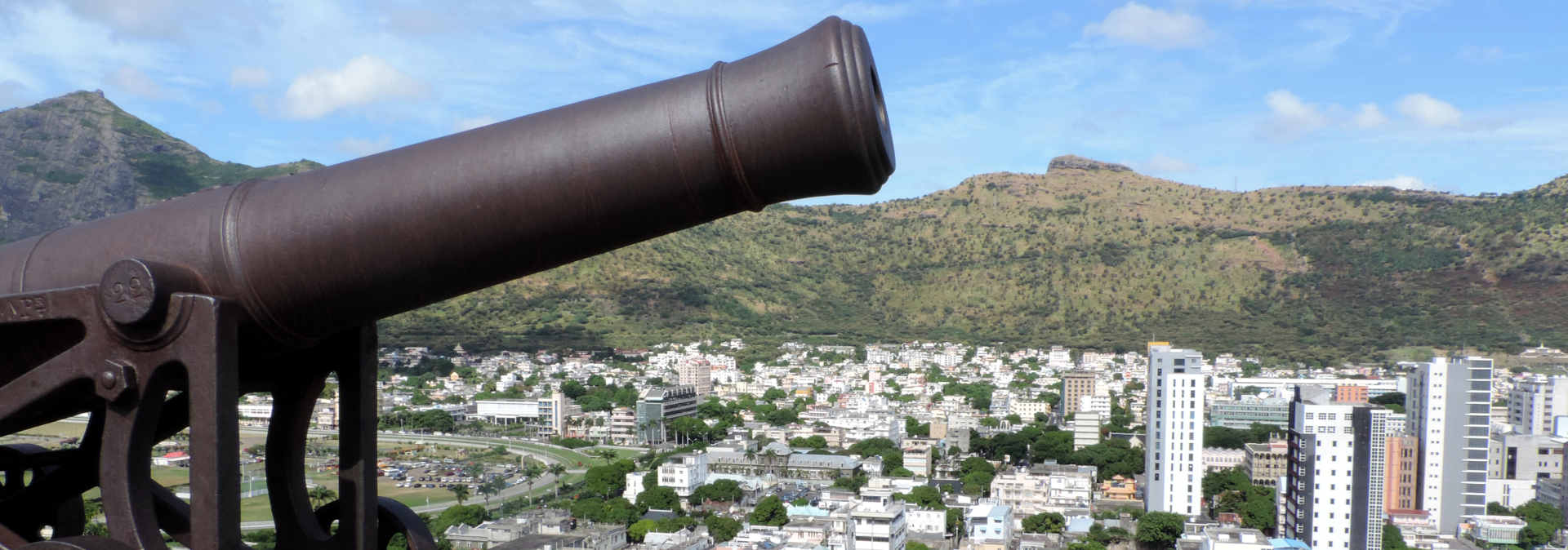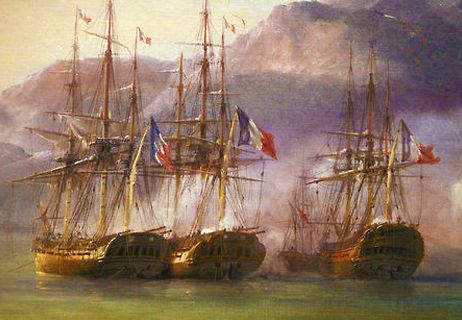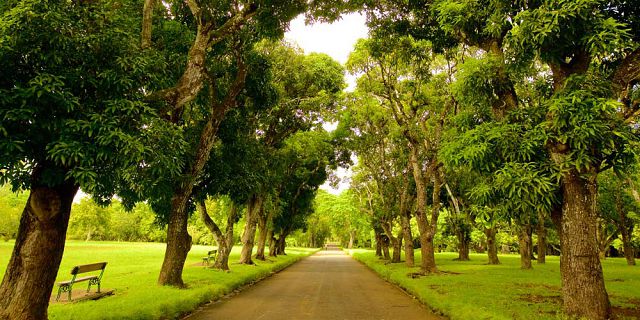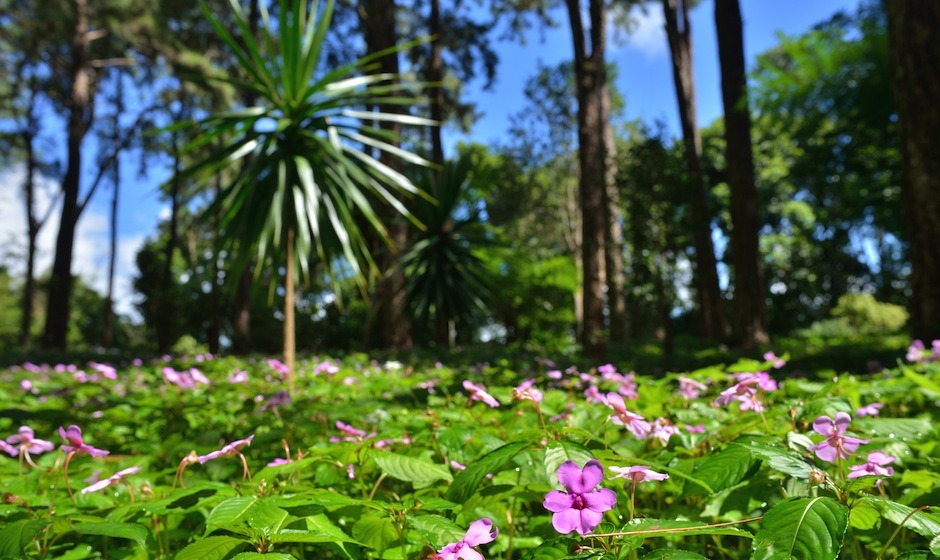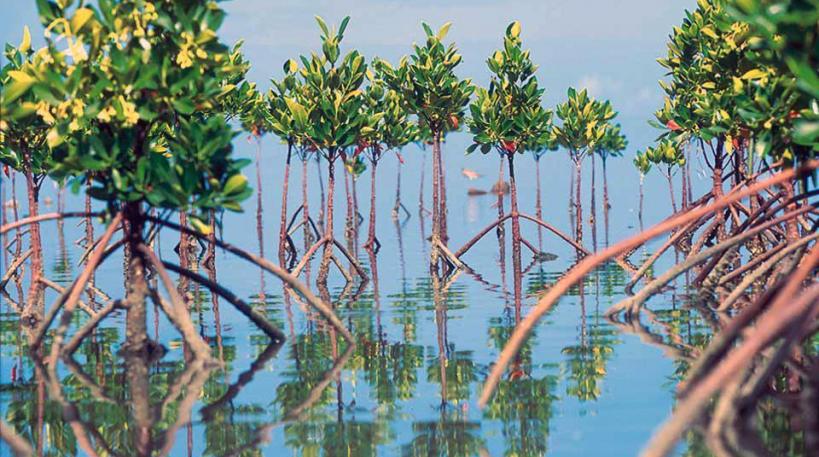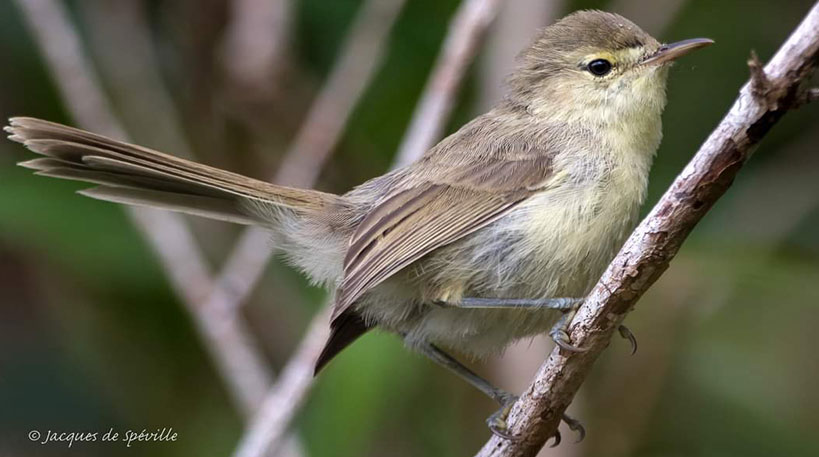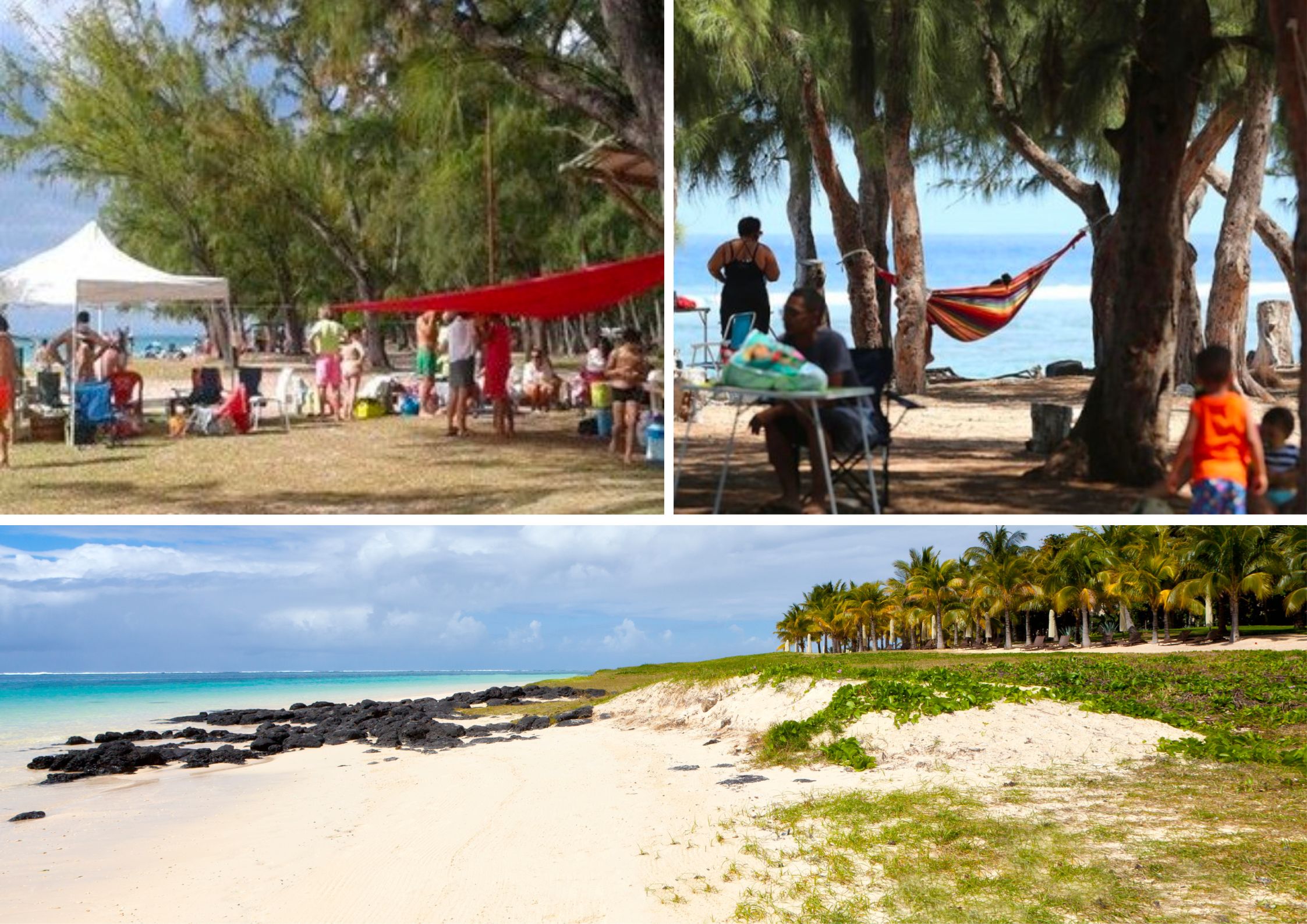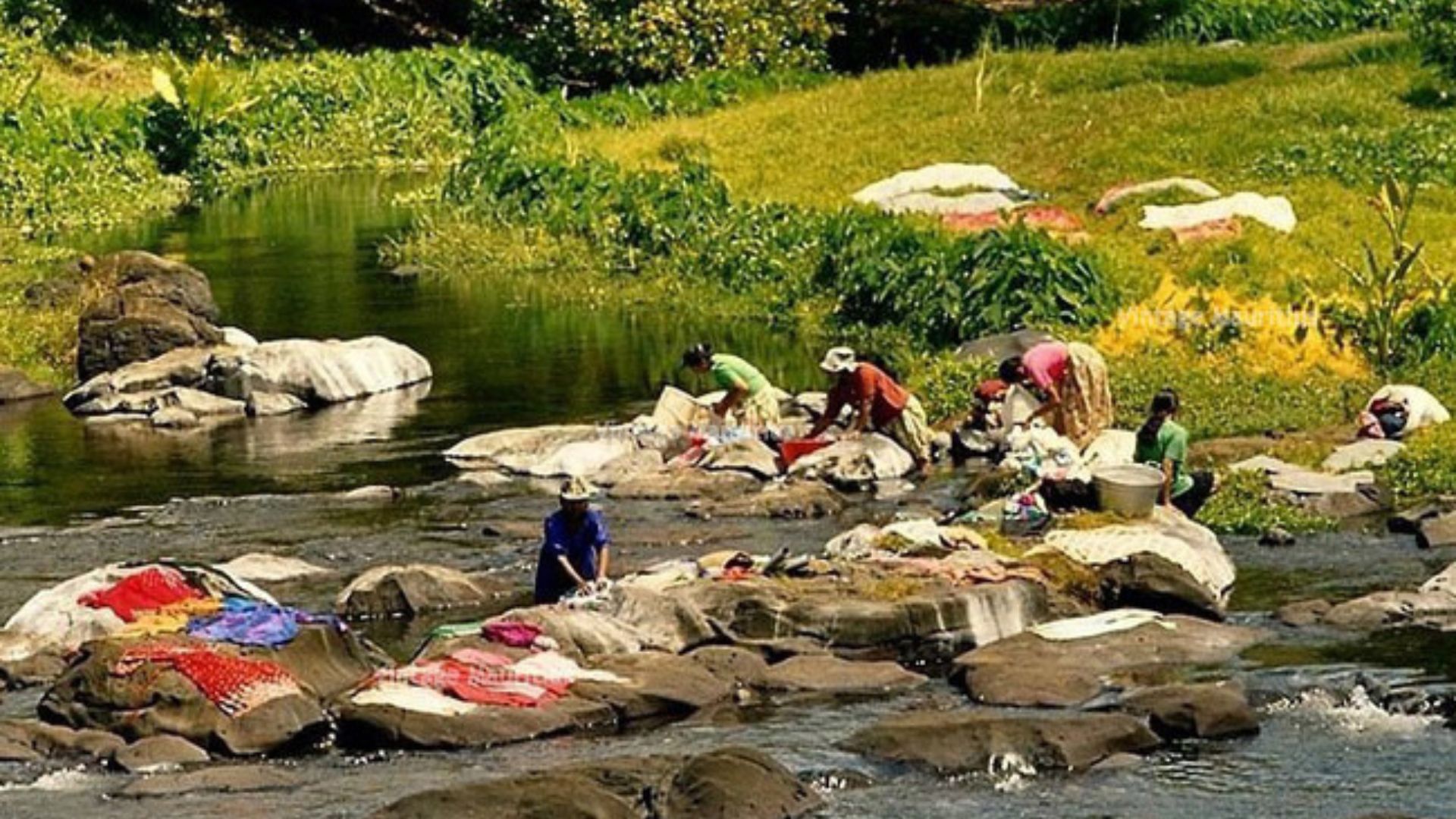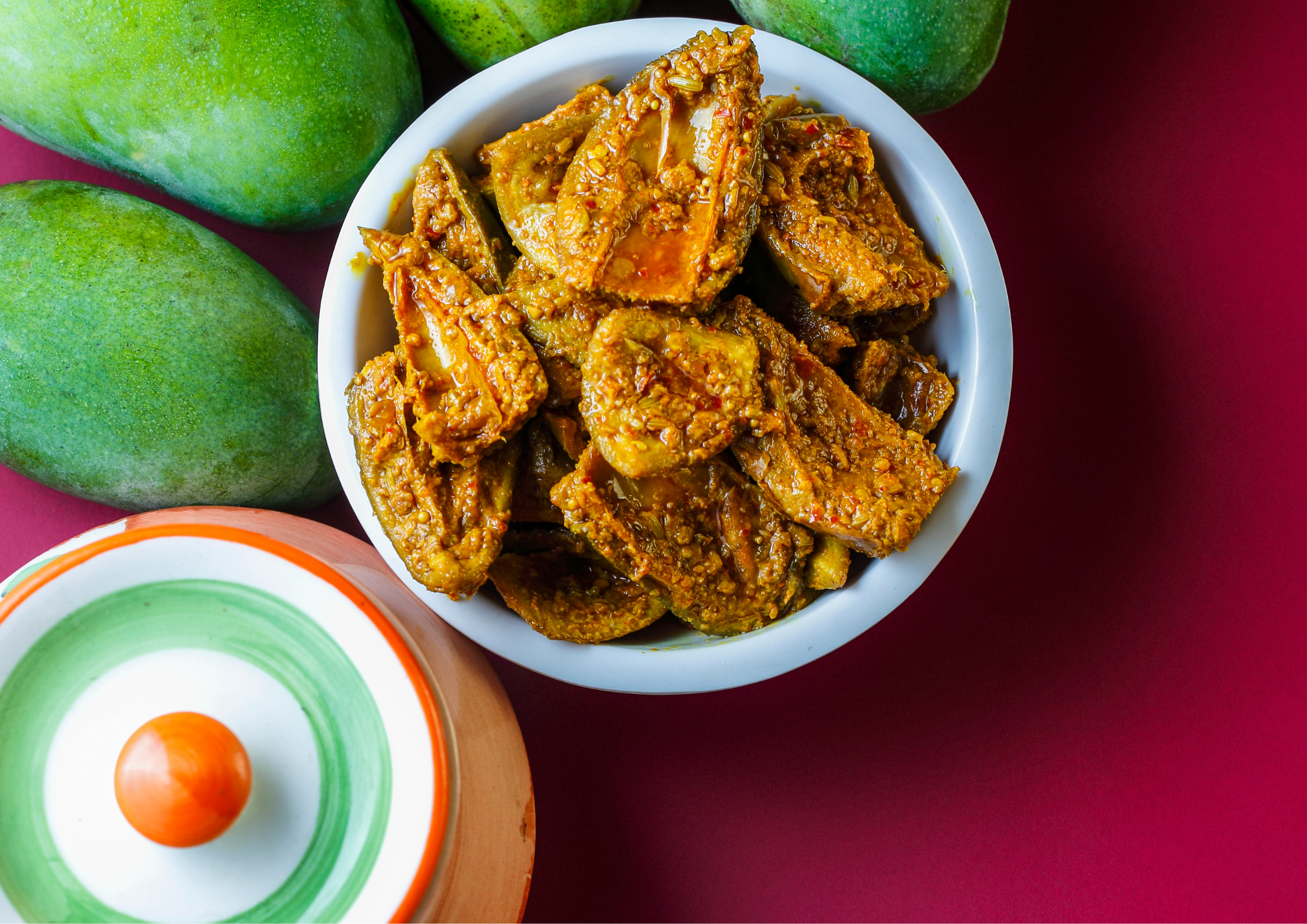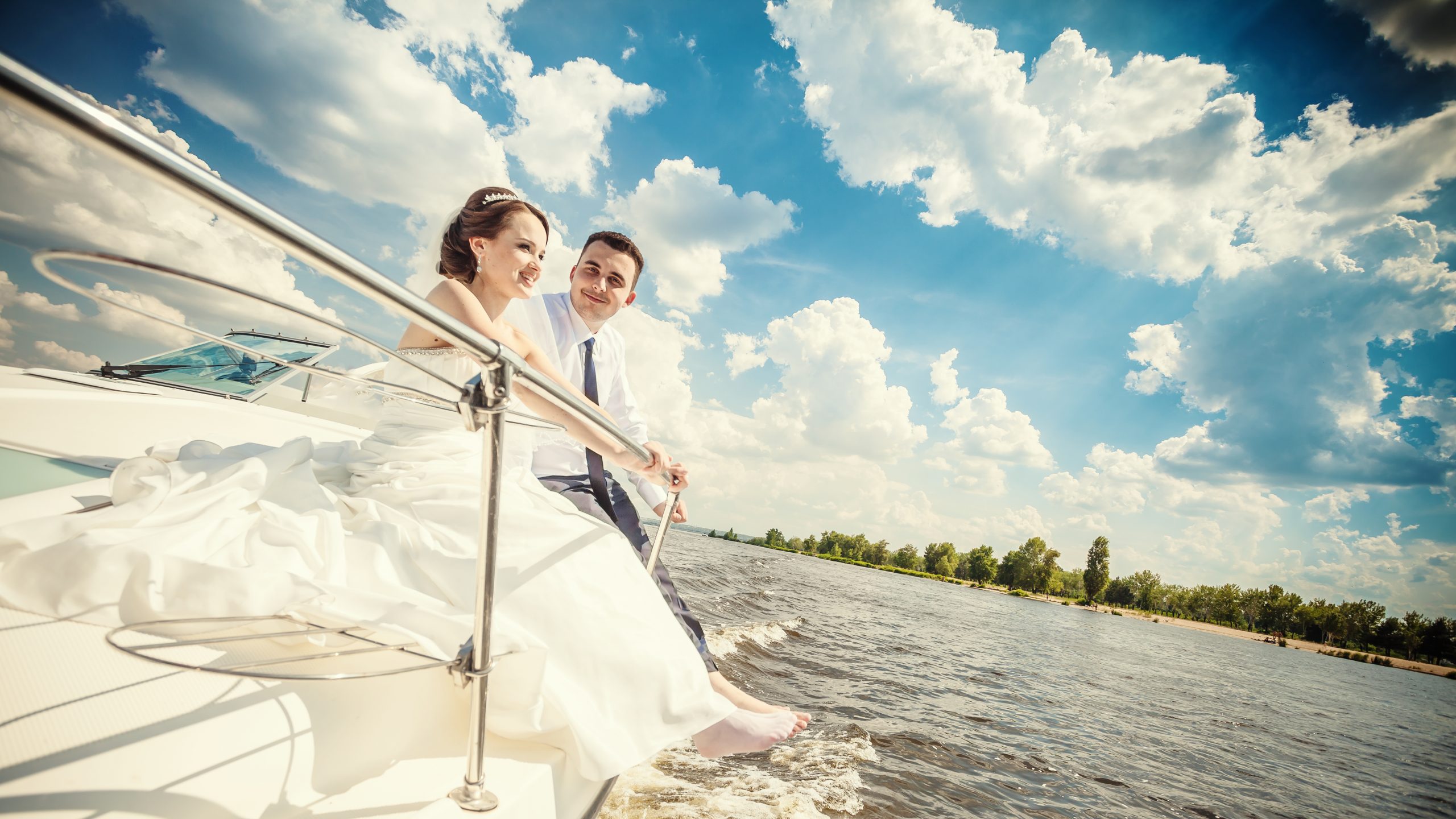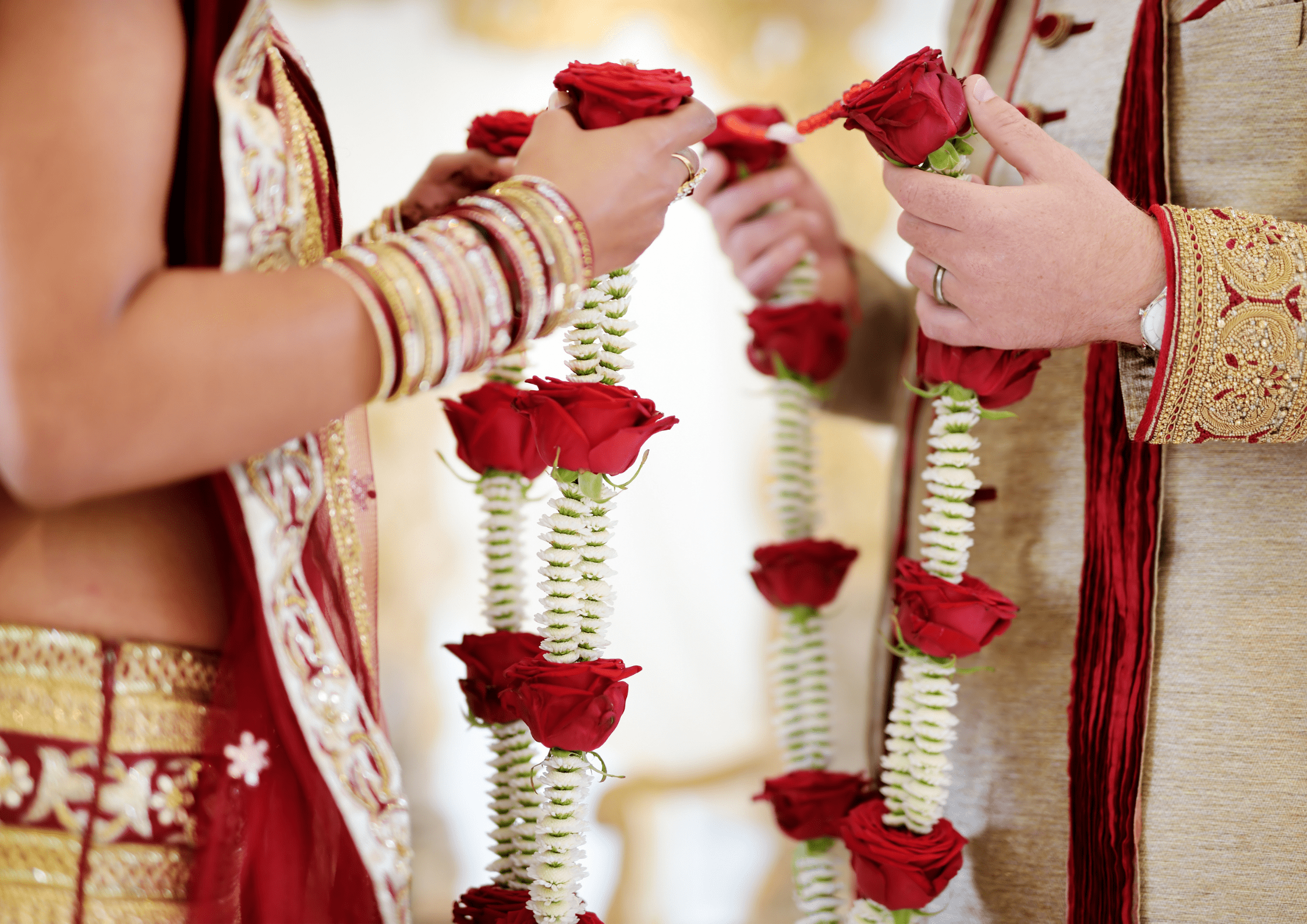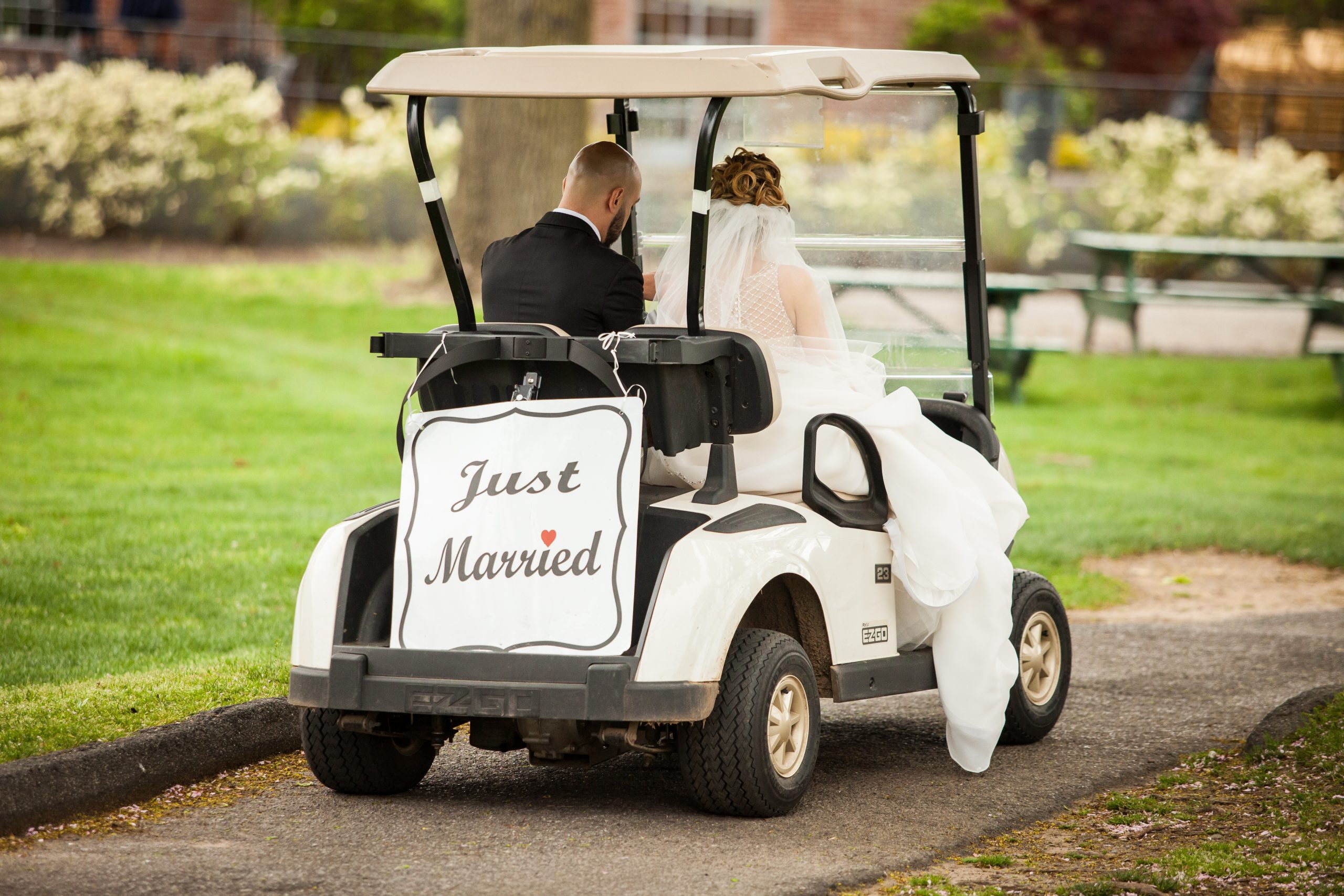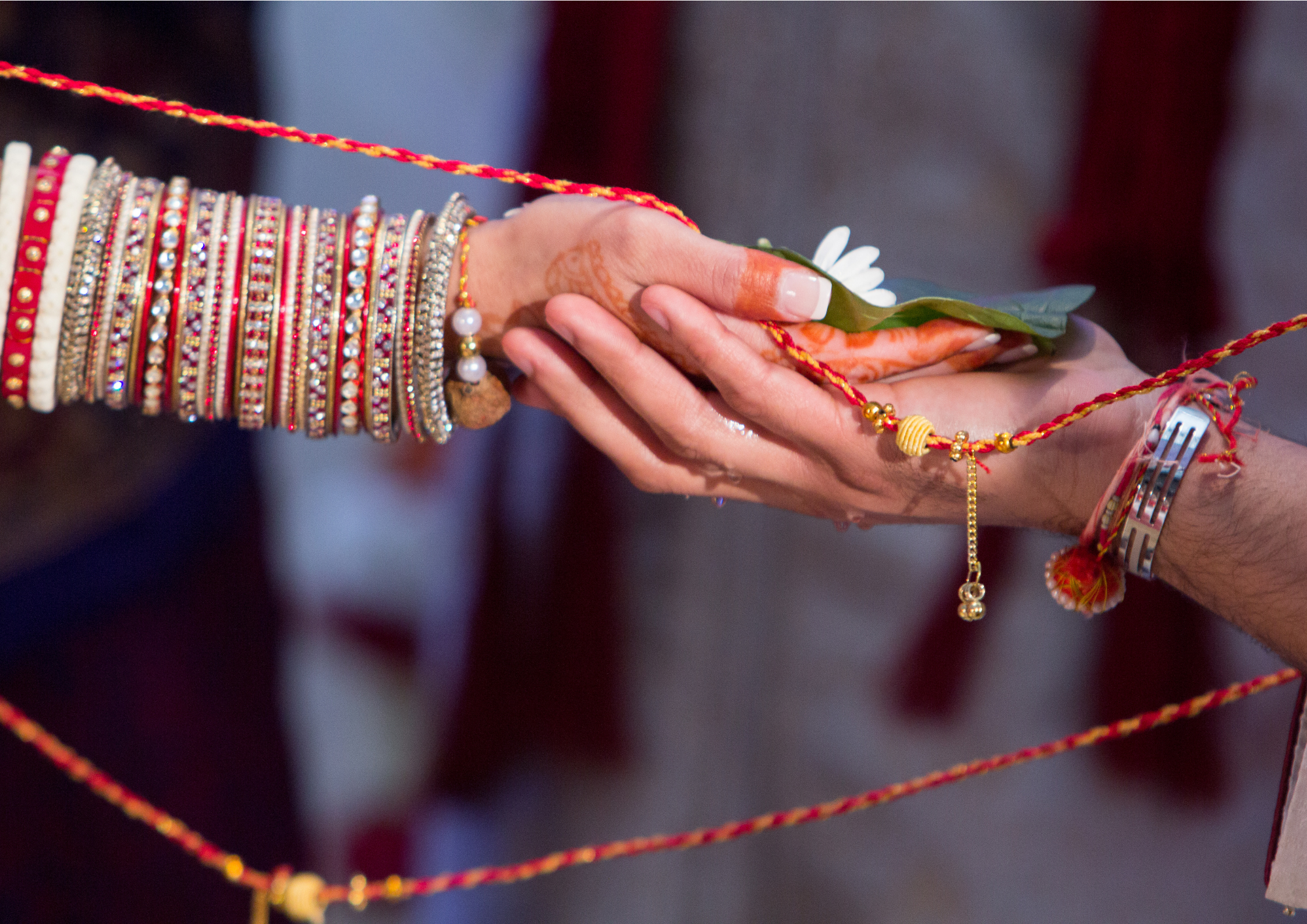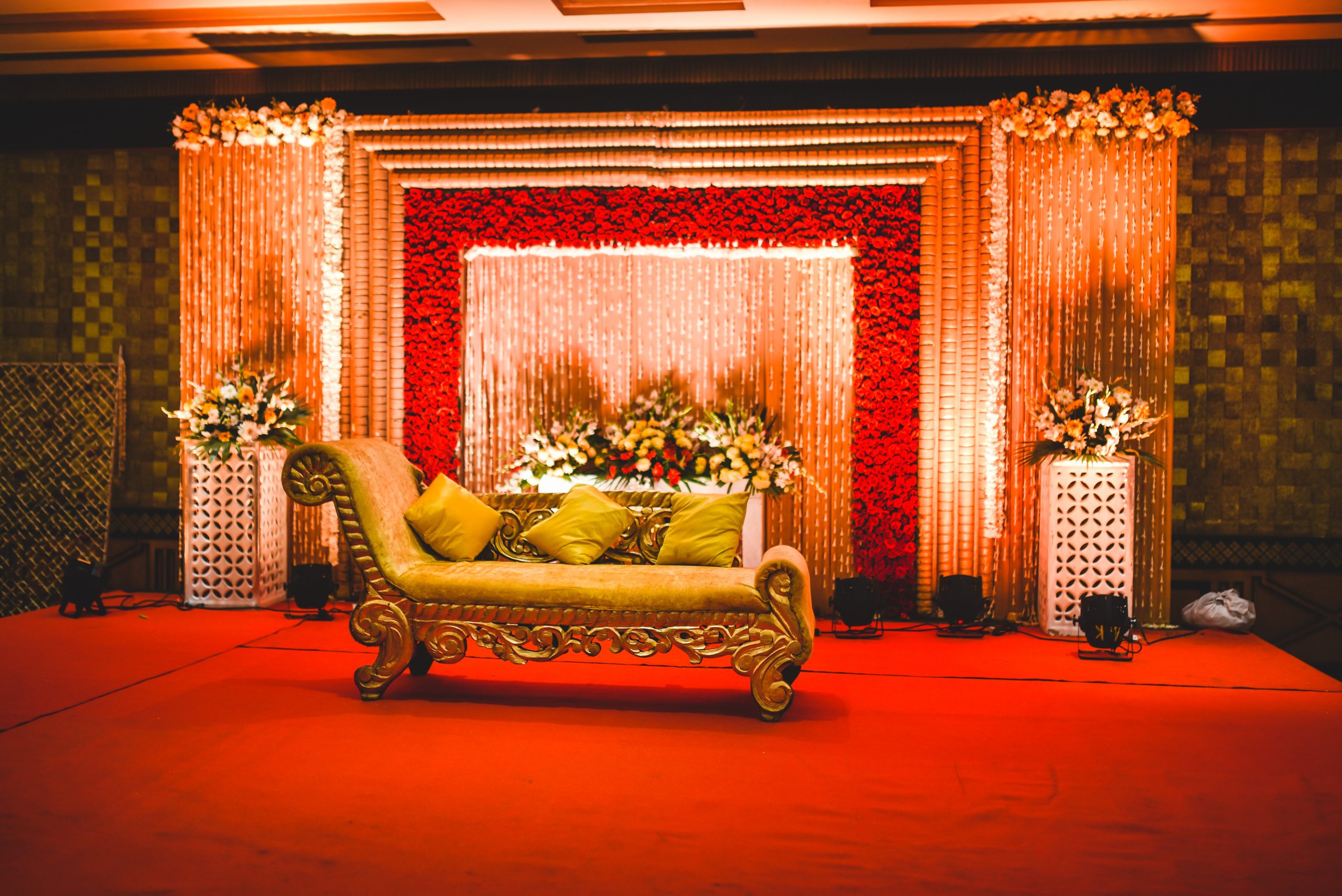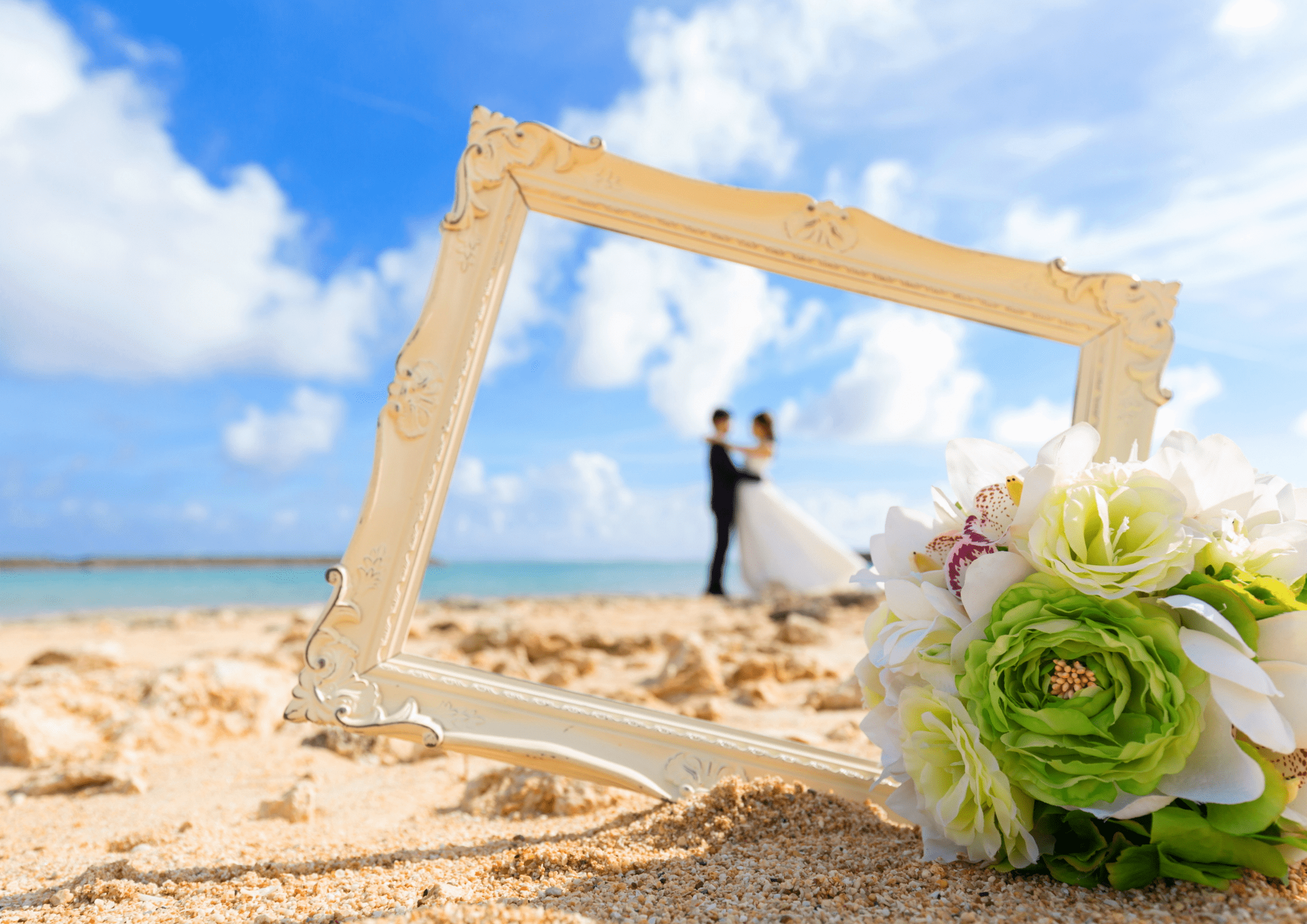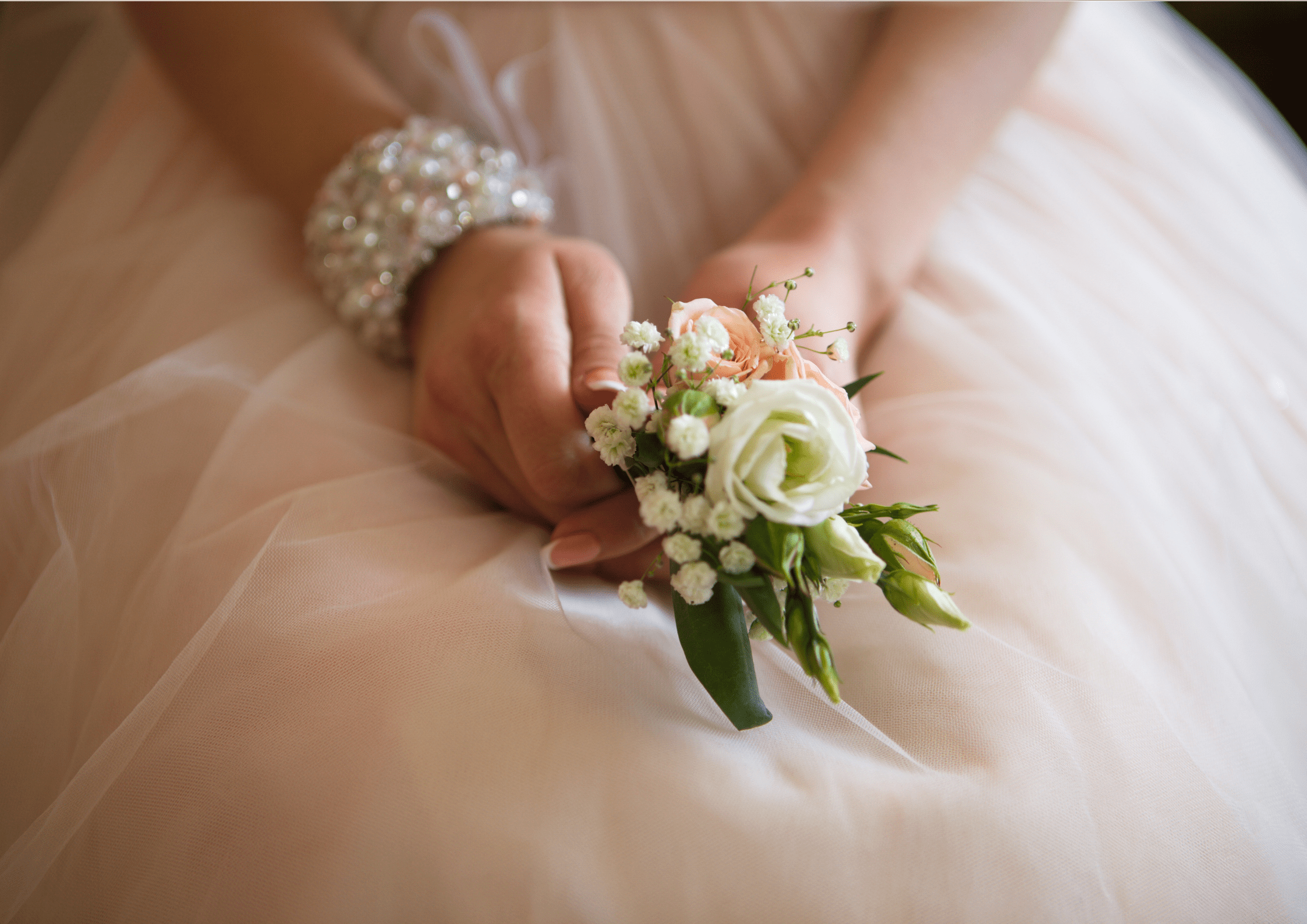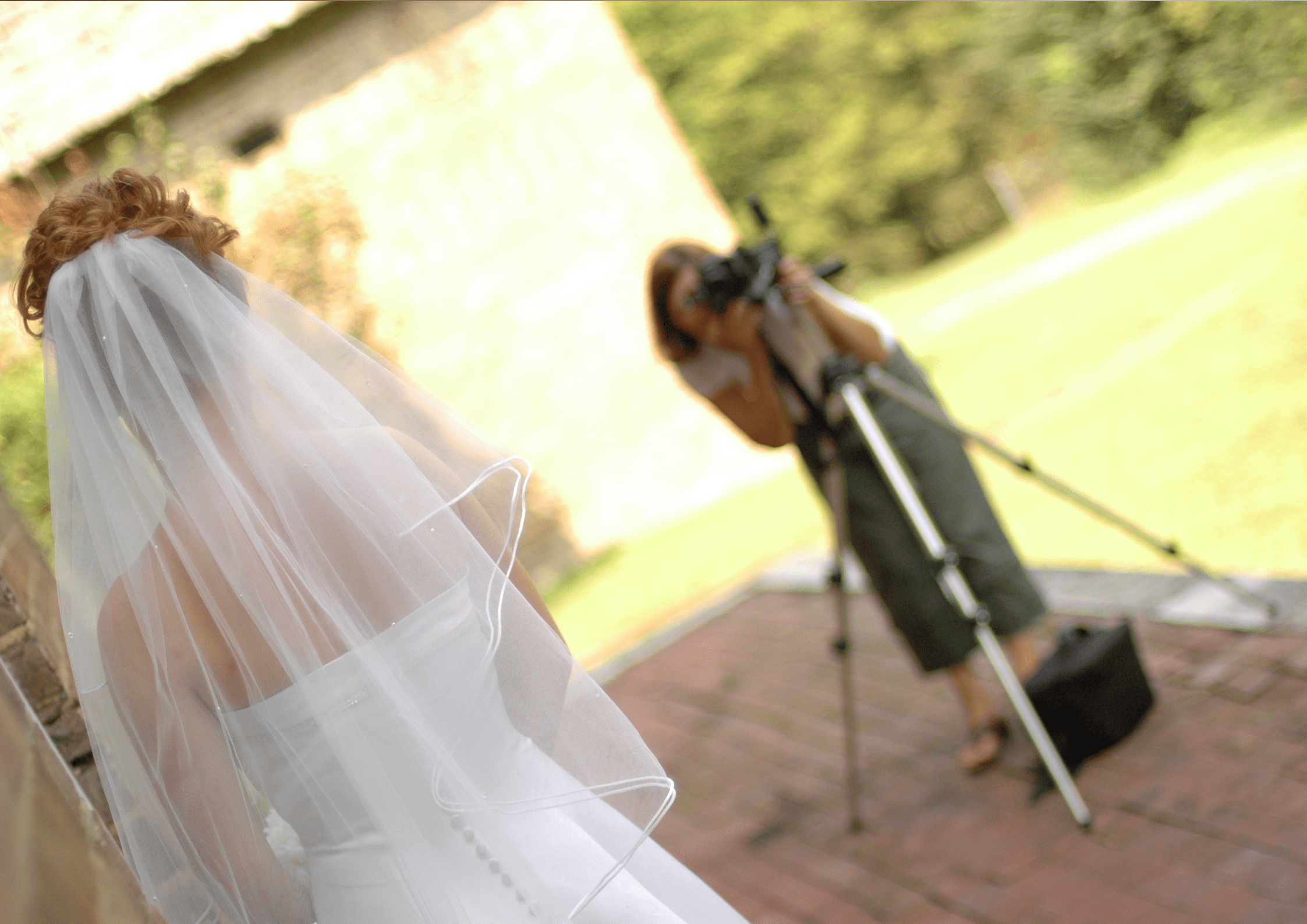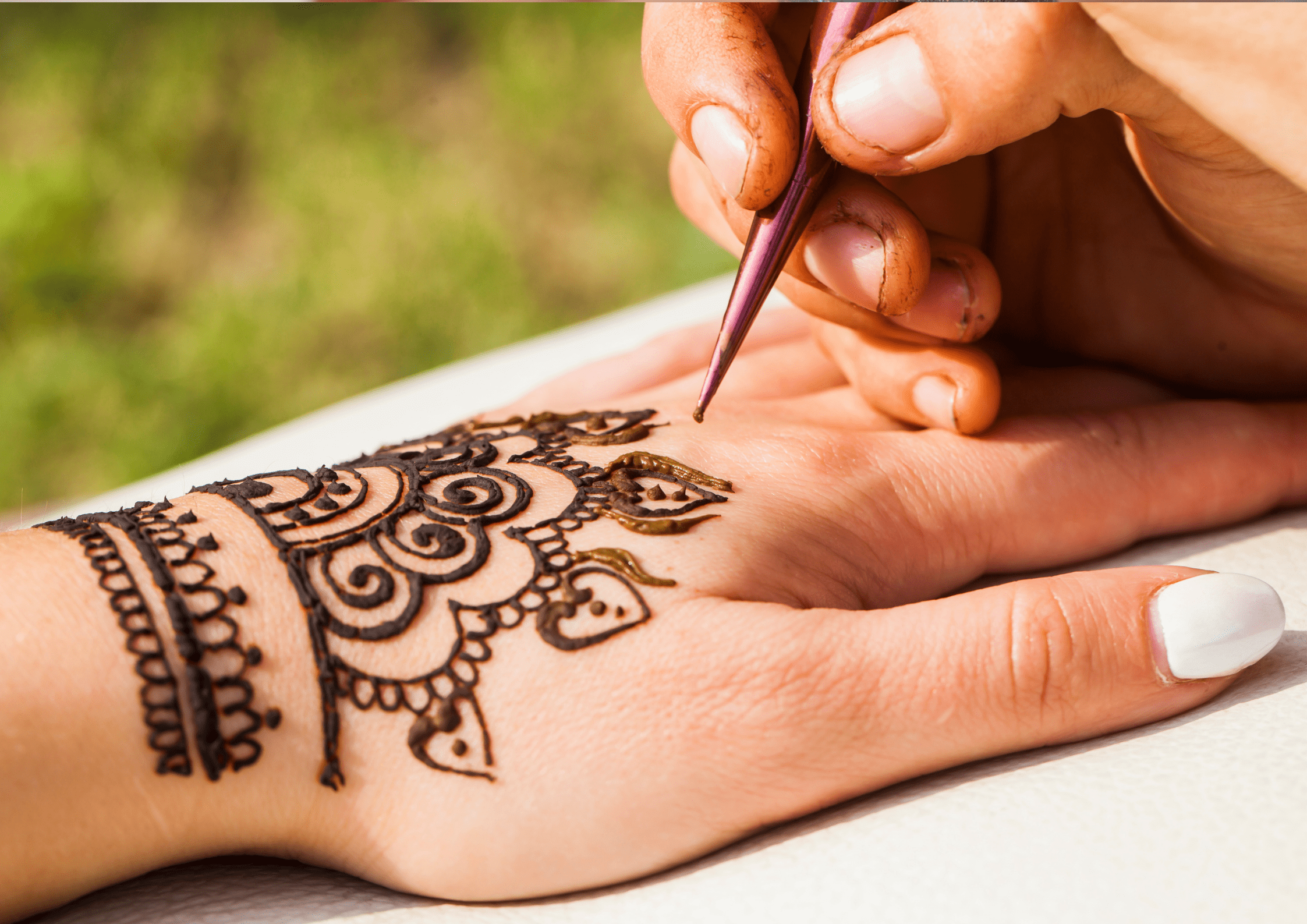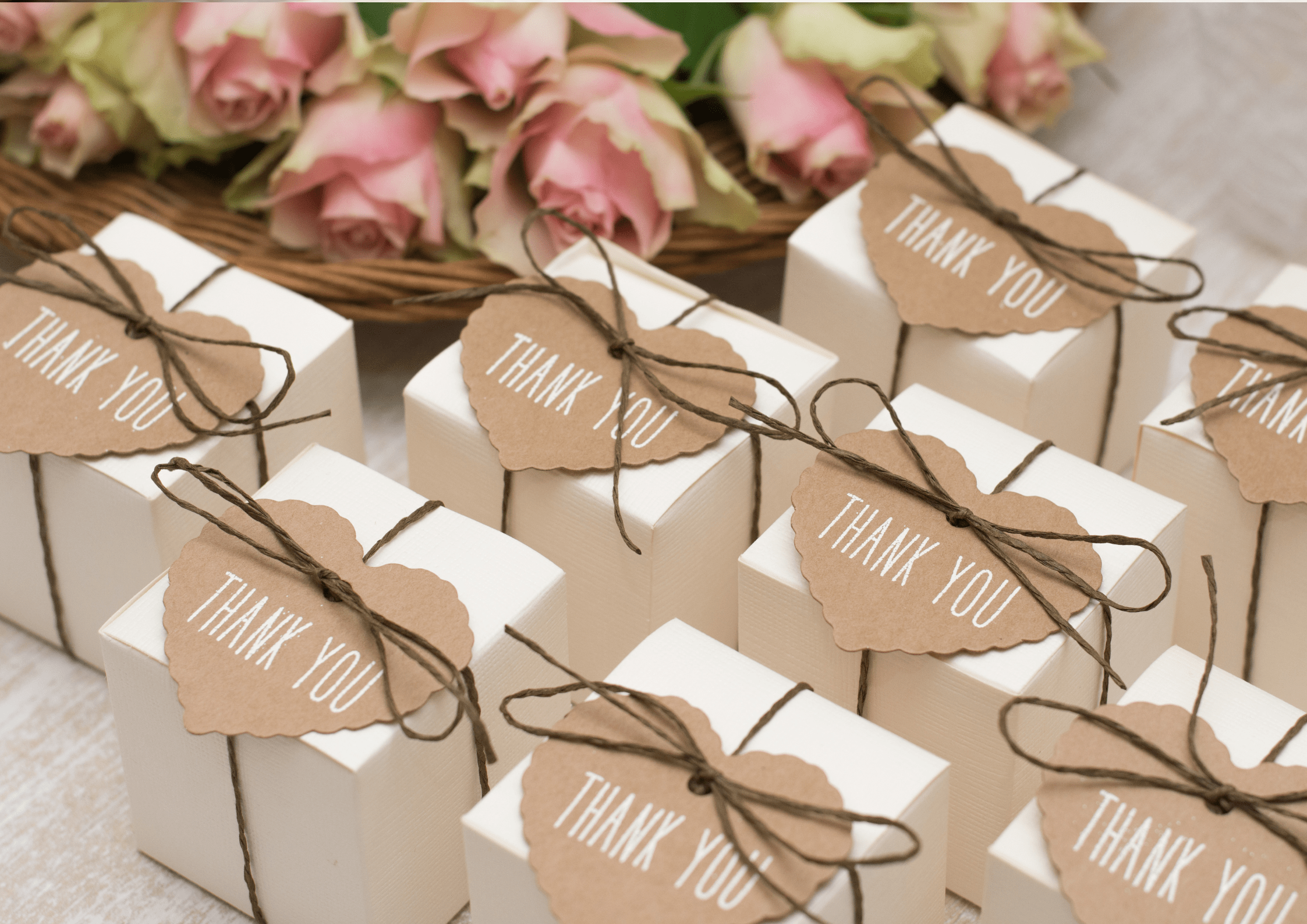Reasons to visit Mauritius: History … a way to encounter our people
Wherever you may go in Mauritius, there will always be a part of history to discover. Mahebourg, a village named after Mahé de Labourdonnais, then French governor, Aapravasi Ghat, which relates the arrival of indentured labourers from India, Le Morne Heritage, a UNESCO World Heritage Site, commemorates the Maroon slaves of Africa. Grand Baie, Poudre d´Or, Curepipe, names of towns and villages recalling the French occupation, Phoenix, New Grove, Rose-Hill, that of the British period.
Discovered by the Portuguese, one would tend to forget that the island was once occupied by the Arabs and the Dutch before the arrival of the French in 1715, then the British in 1810, from whom we will obtain independence in 1968. Sugar cane, introduced by the French, will trigger the arrival of workers from India, China and Africa who will constitute the melting pot of the Mauritian population.
From these different occupations, will subsist our religious heritages: The Chinese pagodas at Port-Louis will bring us directly to ancient China while the mosques reflect the Muslim culture. Catholic churches, Church of England to name but a few, certainly remind us that we were subsequently a French colony, then a British one.
The naval battle off Grand Port in 1810 will be the only French naval victory of the Napoleonic wars. During this battle, the enemy captains, Willoughby for the British Force and Duperré for the French army, severely injured, were given medical treatments side by side in a colonial house at Mahebourg (which will later become our Naval and Historical Museum). The statute of Mahé de Labourdonnais (a copy of which is in St Malo – France) casting an affectionate glance at our capital city, reminds us of this governor of yesteryear who greatly participated in the development of our island. Pierre Poivre, famous botanist leaving as legacy the beautiful Jardin des Pamplemousses where he introduced several spices.
During the British occupation, English language will become, until today the official administrative language of the country. As you stroll through our island, you will notice some street names referring to those gone-by periods: Sir William Newton, St James, Sir Winston Churchill. The Cavendish Bridge in Mahebourg, originally built in wood in the 1850s, was rebuilt in 1911. The Fort Adelaide or Citadel Fort, erected in 1835 to protect the British army from enemies. The Military Gymkhana Club, located at Vacoas, originally built in the 19th century, known to have been a Service Club for British officers, is as at today a popular Golf Club among Mauritians. The Champ de Mars, (inaugurated in 1812) our only racecourse, passed on to us by the British, regularly still attracts many people.
This small historical overview of our island aims at encouraging you to discover more of so many anecdotes and stories that reminisce different segments of our history. Mauritius, small in size, has nevertheless so much to disclose…
NadElle

